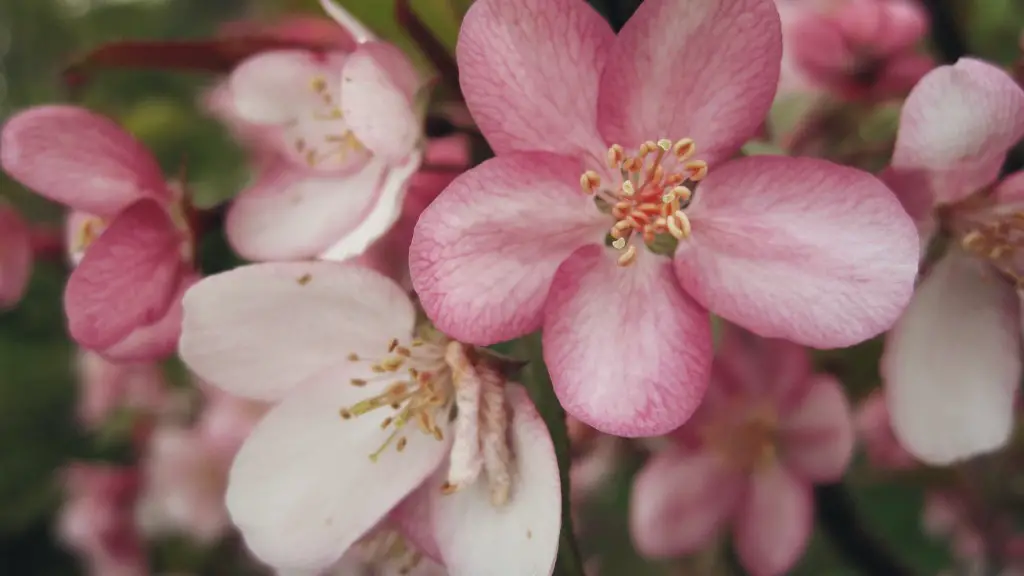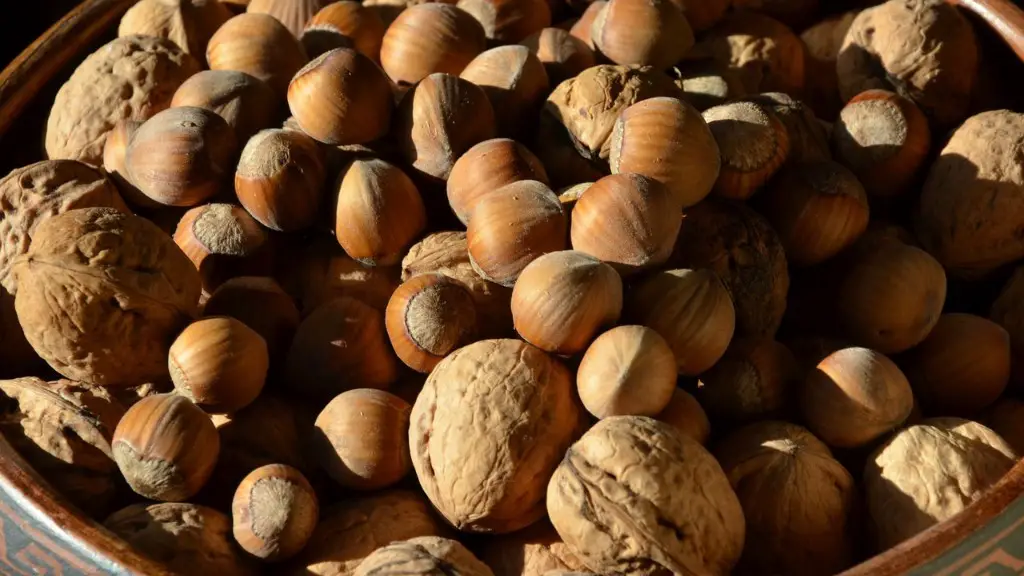Introduction
Cherry trees are a popular choice for both home orchards and commercial fruit production due to their flavor, their generous yields and their adaptation to a variety of soils and climates. But what if you don’t want to buy a mature cherry tree? Is it possible to grow a cherry tree from a pit? The answer is, yes, you can grow a cherry tree from a pit, but the odds of success are much lower than from a grafted tree.
Growing Cherry Trees from Pit
Cherry pits contain the essential genetic material for growing a cherry tree in the form of a seed. In order to germinate, the seed needs to go through a period of cold stratification (the chilling of the seed for a set period of time). The process encourages the seed to “wake up” and send out sprouts. To achieve this, the seed must be conditioned and watered often.
At first, the roots of the seedling will be small and white, which indicates that the tree is healthy. As the seedling grows, make sure to leave it unpruned and encourage lateral branching. After approximately two years, the seedling should be ready to transplant.
Benefits of Growing a Cherry Tree from a Pit
Growing a tree from a pit sometimes takes twice as long as a grafted tree, but there are some advantages. The most obvious benefit is price. A grafted cherry tree can cost anywhere from $30-$50, while a cherry pit is much less expensive. Another benefit is that the cherry tree grown from a pit will likely be more vigorous and resistant to disease than a grafted tree.
Drawbacks of Growing a Cherry Tree from a Pit
One of the biggest drawbacks of growing a cherry tree from a pit is that it can take two or three years before it starts producing fruit. That’s in contrast to grafted trees, which can produce crops in their second or third year. This long timespan also means that a pit-grown cherry tree is more likely to be damaged by severe weather, pests or other environmental factors. Finally, it can be much more difficult to identify the species of a cherry tree grown from a pit, since the seeds may have come from a variety of sources.
Conclusion of Growing Cherry Trees from Pit
Overall, growing cherry trees from pits is a challenging but rewarding endeavor. It allows homeowners or commercial fruit producers to cultivate their own cherry tree at a fraction of the cost of buying a grafted tree. Although it is time-consuming and carries a risk of failure, a successful pit-grown cherry tree can be quite productive and resistant to disease.
Nutritional Benefits of Eating Cherries
Everyone knows cherries are delicious and nutritious, but it’s important to be aware of all the ways they benefit our health. Cherries are a great source of vitamin C, which is important for boosting immunity and helping the body absorb iron, and they are rich in antioxidants, which protects the body from free radical damage. They are one of the few natural sources of melatonin, which helps regulate sleep, and they contain anthocyanins and quercetin, two compounds with anti-inflammatory properties that have been found to reduce the risk of certain types of cancer.
Cherries are also a good source of fiber, which is essential for maintaining a healthy digestive system. And because they are low in calories and fat, incorporating them into your diet is an easy way to get more nutrition without worrying about gaining weight.
Harvesting Cherries
Harvesting cherries takes time and patience. Every variety has its own ideal time to pick, and many home growers wait until the fruit is fully ripe before picking. Cherries are very fragile, so they should be handled carefully, and it’s important to check trees regularly for signs of damage. Home growers should also pay attention to the size and shape of the fruit, since poorly formed cherries will not store well.
When cherries are ready to be picked, it’s best to harvest them all at once, rather than leaving them on the tree, since they won’t continue to ripen after they’ve been picked. After the cherries have been picked, they should be washed, sorted and immediately refrigerated for storage.
Preserving Cherries
Once cherries have been harvested, there are a number of ways to preserve them. One popular option is to freeze the cherries, which helps retain their flavor and texture. For long-term storage, cherries can be canned, dried, made into jams or frozen in syrup. Cherries also make good ingredients for juices and wines, so don’t be afraid to experiment with recipes.
Cherries are versatile, nutritious and delicious, so it’s worth the effort to grow your own tree and harvest your own fruit. Growing a cherry tree from a pit is possible, but it is more challenging and time-consuming than growing a grafted tree. But if you’re willing to put in the work, you’ll be rewarded with fresh cherries for years to come.
Different Varieties of Cherries
Cherries come in many shapes and sizes, with flavor profiles that range from sweet to sour. Sweet cherry varieties include Rainier and Bing, while sour varieties include Montmorency and Morello. There are also a variety of dwarf varieties that are ideal for small gardens and container gardening. In addition, some cherry trees produce double fruit, which makes them a great choice for gardeners who want to maximize their yields.
Regardless of the variety of cherry tree you decide to grow, it’s important to do your research and make sure the variety you’re growing is right for your climate and soil conditions.
Planting Cherry Trees
When it comes to planting cherry trees, the most important consideration is location. Cherry trees need to be planted in a well-drained spot with full sun. If planting a grafted tree, make sure to choose a healthy one with a good root system. Grafted cherry trees need to be planted as early in the season as possible in order to give them enough time to get established before winter.
When planting any type of cherry tree, don’t forget to stake it. Staking will help to keep the tree vertical, which will improve its ability to take in nutrients from the soil. Additionally, cherry trees need regular watering and fertilizing during their first few years of growth.




